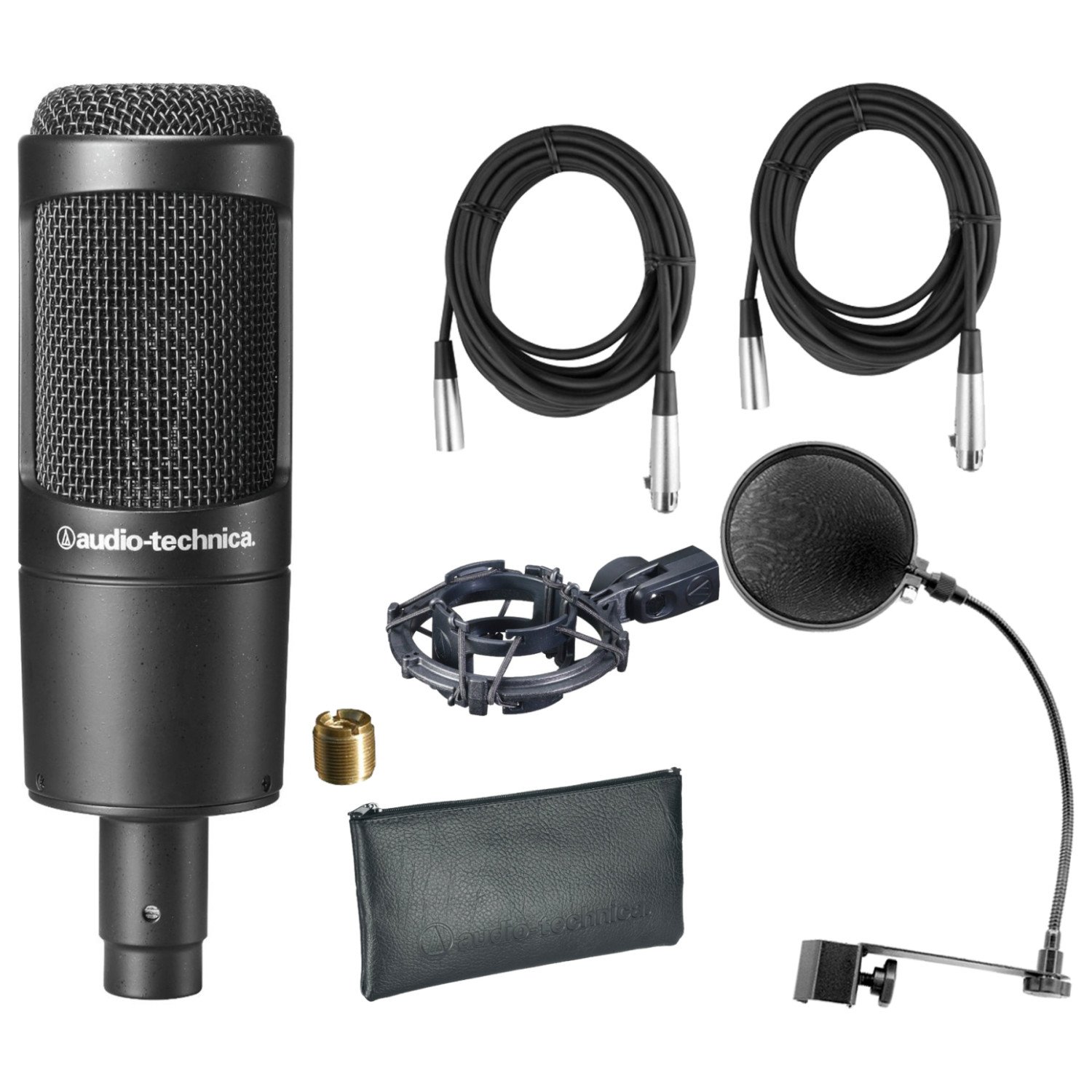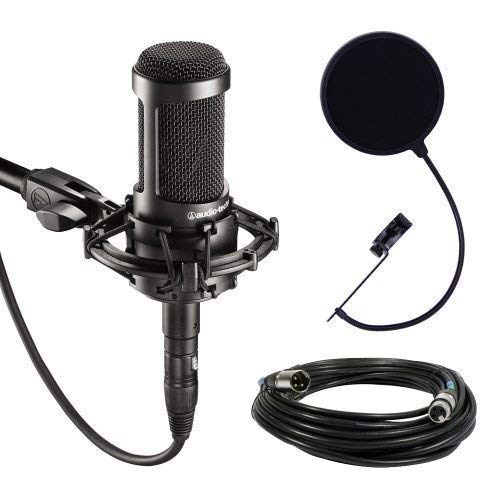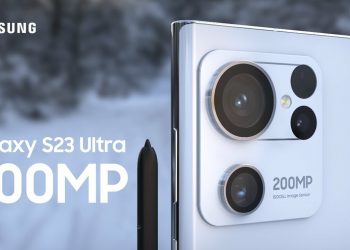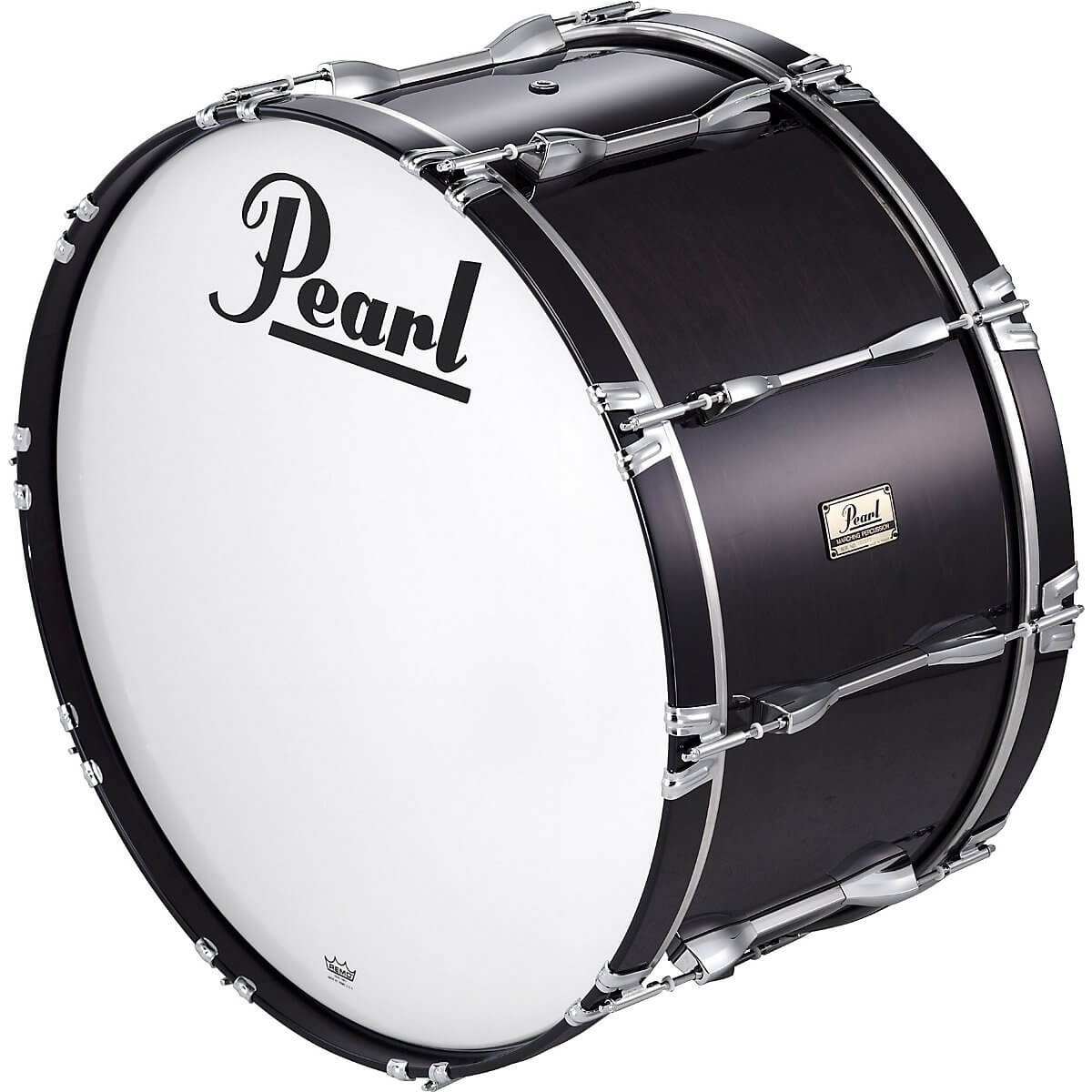Updated on April 3rd, 2022
Along with dynamic mics, condenser microphones are one of the two main types of microphones used in recording nowadays. Though somewhat more expensive and complex than their dynamic counterparts, condenser microphones offer much better frequency response, a more natural sound, and a higher output. Audio-Technica AT2035 is a good choice.
They are best used in controlled environments where there’s acoustic treatment on the walls and you have a good control over ambient noise. You just need to be careful not to overdrive the capsule with extreme noise. Let’s take a closer look at the Audio-Technica AT2035, one of the most popular condenser mics on the market.
Audio-Technica AT2035
The AT2035 is among the most affordable side-address condenser microphones in Audio-Technica’s catalog with only the AT2020 being more affordable. It is a veteran model and has proven time and again that it is one of the most versatile side-address options from Audio-Technica.
The AT2035 is a workhorse model and the brand’s bestseller. There haven’t been any significant updates since the model’s inception several years ago. The design and the features remain largely the same, as Audio-Technica nailed a successful recipe right off the bat.
This is a large-diaphragm condenser microphone with modern styling and sturdy build. It is also a superbly consistent and reliable microphone.
Click Here for Pricing, Pictures and Reviews on Amazon.com
Who is this product for?
First and foremost, this affordable mic is made for podcast and radio hosts who want to avoid that classic “radio host” sound dynamic mics tend to give. Instead, with the AT2035, you will get a more natural tone with a good control of plosives.
Singer/songwriters can use this great mic to record both their vocal lines and acoustic guitars. This mic performs great in both scenarios. You’ll just have to be careful not to overdrive the capsule.
When it comes to dub and voiceover work for cartoons and movies, the AT2035 is a good budget option.
Finally, if you’re recording electric instruments, such as guitar and bass, this mic will be good for clean and low overdrive sounds. If you’re recording metal and other harsh and loud styles, you’ll be better off with a dynamic microphone.
What’s included?
The AT2035, being an affordable microphone, is available in a pretty stripped-down package. The package includes the following: the microphone, plastic shock mount, 5/8” to 3/8” adapter (also made of plastic), and some basic documentation. It’s all packaged inside a nicely padded carrying pouch.
The windscreen is omitted from the package. You also won’t get an installation disk, as this is a plug and play device. What that means is that there are no special drivers for this model and that it’s ready to use as soon as it’s plugged in.
Overview of features
On the technical side, this affordable side-address microphone has a wide frequency response, ranging from 20Hz to 20kHz. The signal-to-noise ratio is 82dB, while the self-noise is 12dB, which is pretty respectable for a mic in this price class.
There are two switches on the back of the AT2035’s chassis. One of them is the low frequency roll-off; it starts at 80Hz and reduces 12dB per octave. The other is a 10dB pad which reduces 10dB when you’re recording loud amplifiers. The maximum SPL ranges from 148dB to 158dB and the impedance is 120 Ohm.
This is an XLR microphone and it requires phantom power to run. It is made with an all-metal chassis, including the metal grill around the diaphragm.
In terms of the recording pattern, the AT2035 is a cardioid microphone. This means that it has a great reception of the signal coming from the front. It also has a good side rejection, while it does receive some amount of noise from the back. However, if you have acoustic treatment and bass traps properly set, side and back noise shouldn’t be a problem.
How to get the most out of it
The best way to get the maximum results from your Audio-Technica AT2035 condenser mic is to pair it with a good audio interface. All audio interfaces on the market today have onboard microphone preamps with built-in phantom power. Most of the available phantom power units run at 48V, which is more than enough for this bad boy.
Additionally, audio interfaces, even those in the budget class, are capable of recording in audio CD quality – at 16-bit depth and 44.1kHz resolution. In fact, many models can record at 48kHz resolution. More powerful models can reach a 24-bit depth and 96kHz or even 192kHz resolutions.
Here’s a quick rundown of the strengths and weaknesses of the AT2035:
Pros
- Sturdy build
- Excellent frequency response
- Built-in bass roll-off and 10dB pad
- Respectable maximum SPL
- Low self-noise
Cons
Not the best solution for noisy live settings
Alternatives
In case you’re on a tight budget and are looking for something even more affordable, you might be interested in the Samson C01. This is a large-diaphragm condenser mic, as well. It offers rugged build, a standard XLR connector plated in gold, a smooth frequency response, and a 19mm diaphragm.
On the other hand, if you’re looking to upgrade, you should take a look at the AKG Pro Audio C214. This professional-class condenser mic can handle noises up to 158dB and comes with a 20dB pad. The frequency response is 20Hz-20kHz, while the self-noise is 13dB.
Conclusion
A condenser microphone is a great option if you’re recording in a controlled environment and you don’t fear the background noise might interfere. If you’re putting together your home studio or just want a decent condenser mic to record your podcasts, the Audio-Technica AT2035 is a great choice.
Read also:
What Does LP Stand For In Music?
Best Online Drum Machine to Bring Out the Drummer in You
We hope you love our reviews! For your information, we do earn money from commission in the link in the content! For more information click here!















